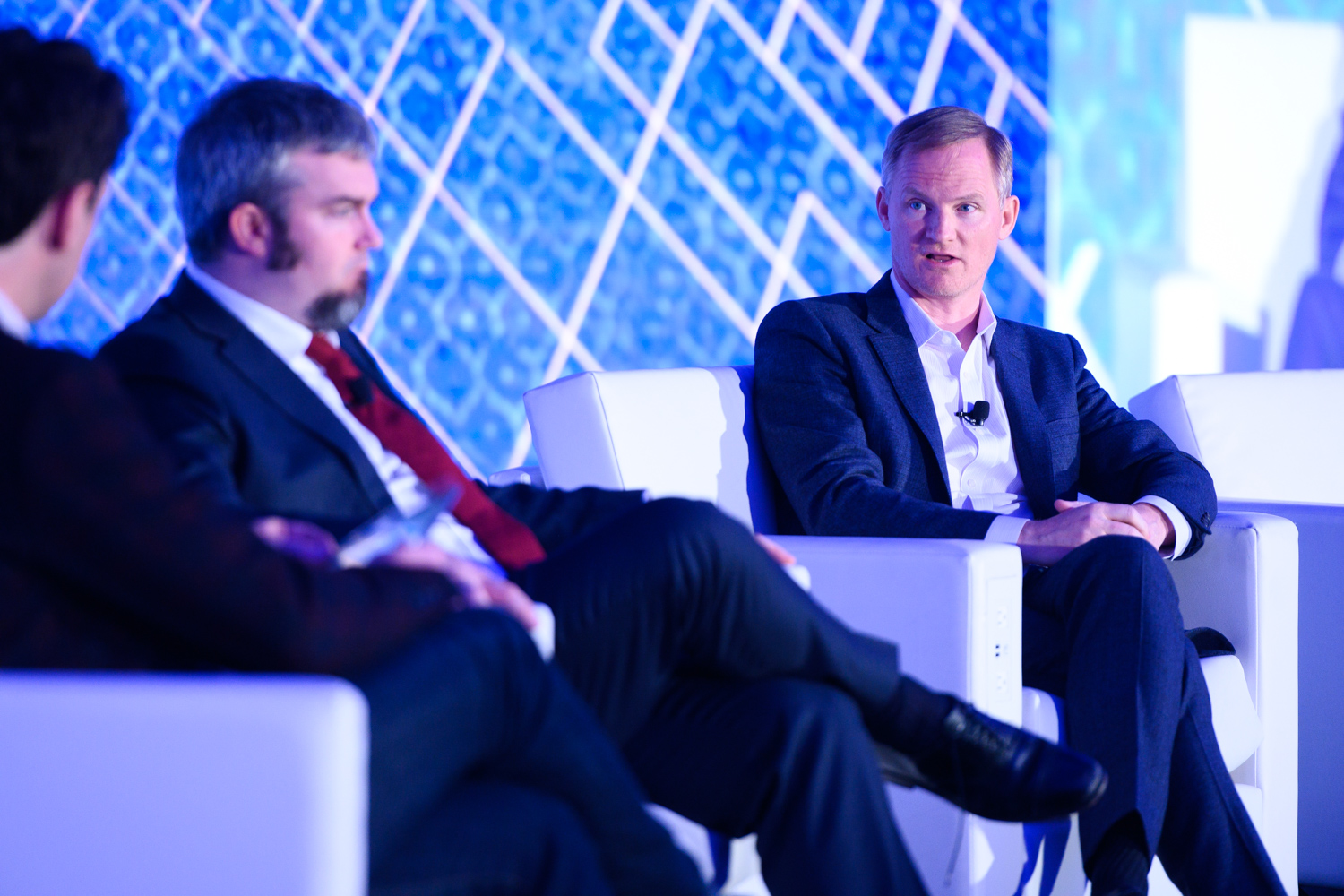Swiss Stock Exchange SIX Will Tokenize Equity on R3’s Corda Blockchain

SIX Group, the Swiss stock exchange operator, has picked R3’s Corda Enterprise platform as the underlying blockchain for the digital asset trading, settlement, and custody service it is building.
Revealed exclusively to CoinDesk, SIX chose Corda Enterprise after spending a good deal of time kicking the tires of various distributed ledger technology (DLT) stacks, for several reasons: firstly, because the technology was designed for a highly regulated space, but also because of the flourishing open-source Corda ecosystem.
Sven Roth, the chief digital officer at SIX Digital Exchange (SDX), said the fact that Corda spans other areas beyond capital markets such as insurance and stretches to things like identity also was a factor. He told CoinDesk,
“This was very important to us because when we assessed different vendors, some of them were very focused on niche offerings and limited in their scope to very specific areas, such as post-trade for instance, and we didn’t want to be limited to just that area of expertise. We assessed a lot of vendors and technology stacks – all the ones you can imagine.”
As stated back in July of last year, the goal for SDX is creating a regulated exchange platform for digital assets, starting with stocks and then exploring other tradable instruments and even growing to encompass tokenized versions of more esoteric physical assets such as fine art.
Roth said the platform, which will be launching in the second half of 2019, will begin with classical bankable assets such as equities, bonds, funds and structured products “that are already living on our DLT.”
“One of those [asset classes] will be available at launch. Then we have others living at the [central securities depository] of SIX today that then will be tokenized. We said we first want to have products that are only available on our DLT because then you don’t have issues with split liquidity, with who is the CSD and so on.”
Another area of focus for SIX is the handling of so-called security token offerings (STOs). Indeed, in an interview with Reuters last month SIX chairman Romeo Lacher said the exchange plans to eat its own dog food, so to speak, by looking to raise some money itself via an STO.
A SIX representative said this was something being considered but added no further detail on those plans. Roth confirmed that a regulated boilerplate for STOs, in general, was a central plank of the project.
“As you can imagine we need some product to define in the future what we would call security token offering or initial digital offering – so what today is an IPO.”
He added that a balance has to be achieved to provide “a reasonable MVP [minimum viable product], but not go overboard on what will be available at launch.”
Getting real
The selection of Corda Enterprise, the paid-for version of the platform as opposed to the open source Corda, is a significant win for R3, coming on the heels of last week’s news that blockchain builder MonetaGo had switched its underlying architecture from Hyperledger Fabric to Corda.
Speaking of the SIX deal, Charley Cooper, a managing director at R3 said,
“The first thing that’s important is the fact that a mainstream influential financial market infrastructure player has decided to launch an exchange for digital assets and do it on blockchain technology.”
Cooper went on to say the deal is a validation for Corda’s built-for-business approach, adding, “For these platforms to work for highly complex and heavily regulated markets and participants, you can’t take a traditional old style public version of blockchain and try to retrofit it to handle enterprise needs around privacy and scalability.”
The first commercial licensing of Corda Enterprise was last year with Dutch bank ING, but this is the first sale to a financial market infrastructure (FMI) provider, noted Cooper.
(Another in the offing could come out of a recent proof of concept with SWIFT, integrating the Corda Settler application, an open source payments engine built by R3.)
Neither will it be the first time Corda has been used to tokenize equities. This was done by European collateral lending platform HQLAx which is now working closely with Deutsche Borse.
Cooper pointed out that many R3 members and investors are also SIX stock exchange trading members and ready to leverage the combined technologies.
That list includes ABN AMRO, Barclays, BNP Paribas, Citi, Commerzbank, Credit Suisse, CS Affiliates, Deutsche Bank, HSBC, Natixis, RBC, SocGen and UBS.
Summing up, Cooper framed R3 landing SIX as a vindication for enterprise DLT in general – though he couldn’t resist taking an implicit jab at competitors, concluding:
“You hear rumblings in the industry – is this real? The answer is actually ‘yes’. This is real and we are about to show it even if others haven’t been able to.”
Image courtesy of R3










